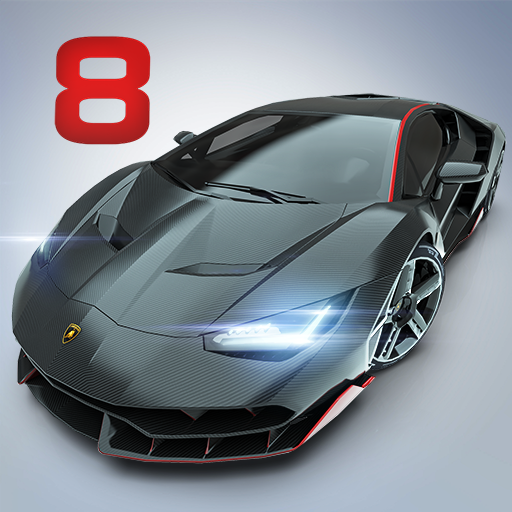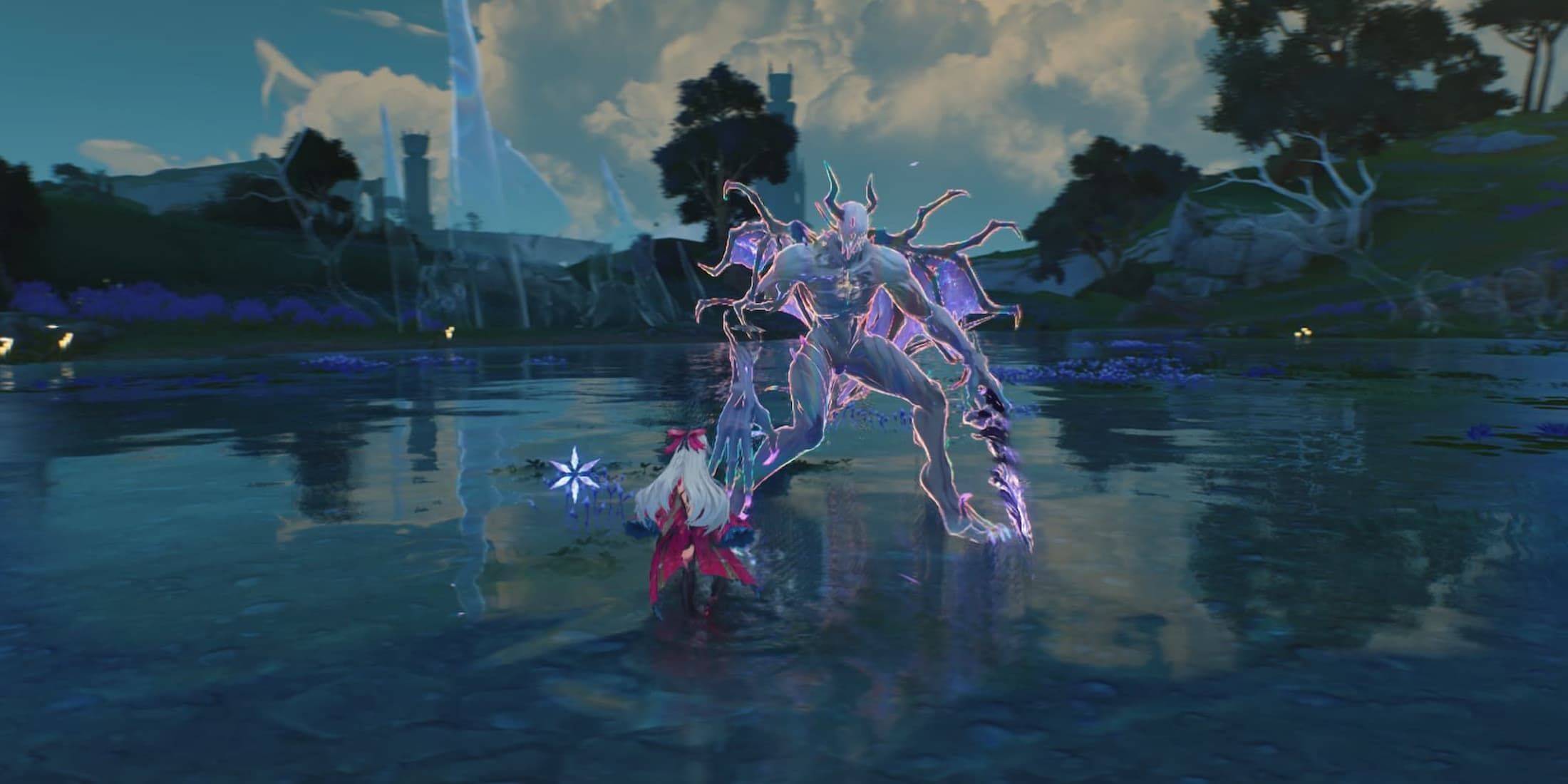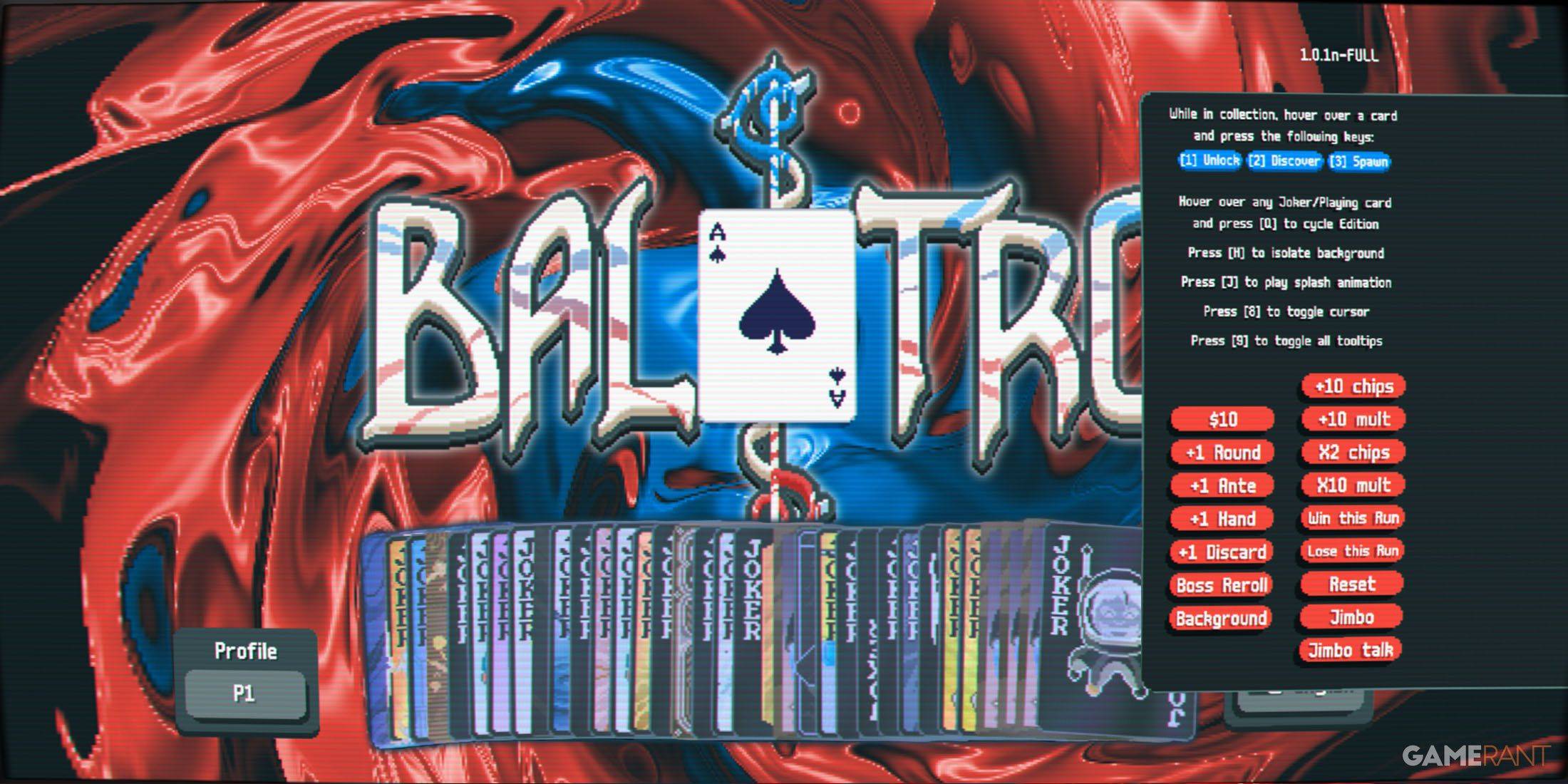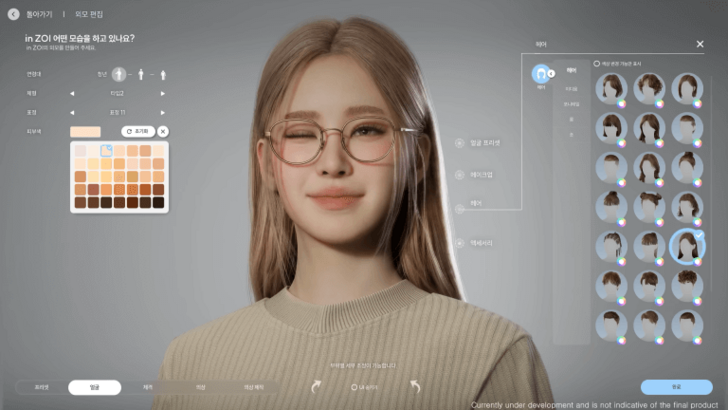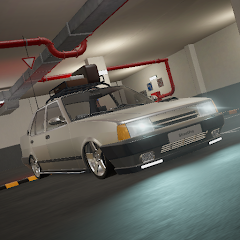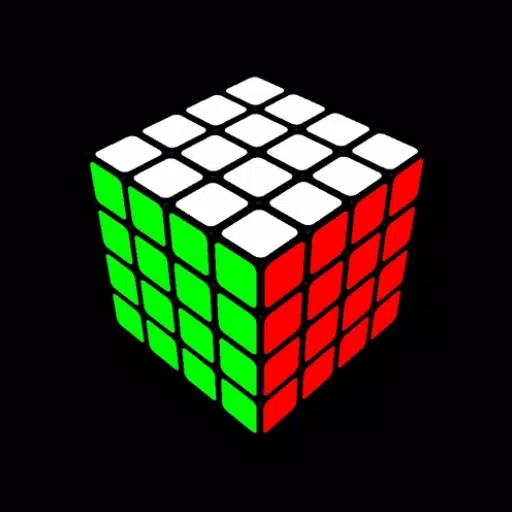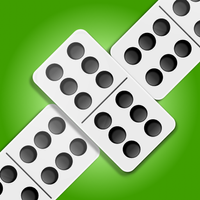Best OLED Display Type for Gaming Revealed
If you recall the days of lockdown in 2019, you might remember the joy of unwrapping your first OLED TV—the LG E8 55-inch was nothing short of perfection during those isolating times. Back then, I didn’t fully grasp the magic of OLED (organic light-emitting diode). I knew it ditched the backlighting of LCDs in favor of self-lit pixels, offering infinite contrast. But after immersing myself in the nostalgia of Final Fantasy XV and the emotional weight of The Last of Us Part II, I realized the sheer impact of OLED on storytelling. Naturally, my OLED journey didn’t end there.
Fast forward a few years, and I picked up the LG C2 65-inch. Since then, I've reviewed countless OLED devices and learned that not all OLED screens are created equally. In fact, not every OLED display uses the same technology. Curious about how many OLED types exist? There are many, but you only need to know three: WOLED, QD-OLED, and AMOLED.
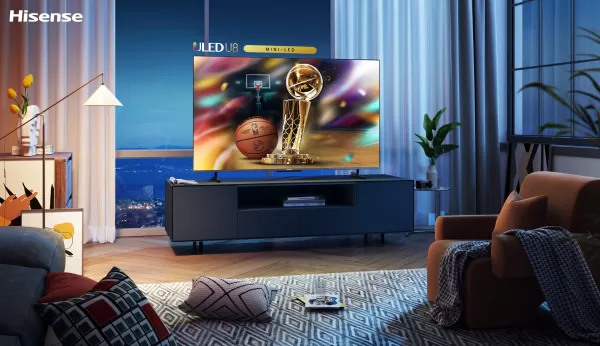 Understanding WOLED, QD-OLED, and AMOLED
Understanding WOLED, QD-OLED, and AMOLED
OLED has been around for decades, with pioneers like Kodak and Mitsubishi experimenting with variations. It wasn’t until LG introduced its OLED TVs in the early 2010s that the technology went mainstream.
LG’s version of OLED is called WOLED (White OLED). In marketing, LG simply calls it OLED, as if it owns the concept entirely. But what is WOLED? OLED replaces backlighting with self-lit pixels, delivering stunning contrast and vibrant colors. However, the red, green, and blue emitters degrade at different rates, accelerating burn-in issues. To address this, WOLED uses a pure white OLED layer paired with an RGBW color filter. While this solves the burn-in problem, it introduces other challenges. Filtering white light results in uneven brightness and reduced color volume. Higher-end WOLED models combat this with Micro Lens Array technology, focusing light through tiny lenses.
In 2022, Samsung introduced QD-OLED (Quantum Dot OLED), which swapped the white OLED layer for a blue one. The blue light hits quantum dot color converters, which absorb rather than filter the light. This preserves brightness and produces richer colors compared to traditional RGBW filters.
AMOLED falls into its own niche because it includes a thin-film transistor (TFT) layer that improves pixel activation speed. However, this sacrifices OLED’s hallmark “infinite” contrast.
 Which OLED is Best for Gaming?
Which OLED is Best for Gaming?
Choosing the right OLED for gaming depends on your priorities. If you want the quick answer: QD-OLED is the top choice. However, there are scenarios where WOLED shines, and others where AMOLED fits.
AMOLED is primarily found in smartphones and laptops due to its flexibility and adaptability to various screen sizes. It excels with high refresh rates and wide viewing angles. Yet, its low peak brightness makes it less ideal for outdoor use. For gaming monitors and TVs, you’ll typically choose between WOLED (marketed as OLED) and QD-OLED. WOLED achieves impressive brightness, particularly with whites, but struggles with colors due to the RGBW filter. QD-OLED delivers bolder colors and balanced brightness thanks to its quantum dot technology.
Consider placement when choosing. My WOLED TV in the living room handles glare beautifully, with deep blacks even under sunlight. Conversely, my QD-OLED monitor on my desk reflects glare with a purple tint, as Samsung omitted the polarizing layer to boost brightness.
In terms of color and brightness, QD-OLED wins hands-down. But in highly reflective environments, WOLED remains less distracting. Ultimately, quality varies based on specs and price. The more you invest, the better the experience.
The Future of OLED: PHOLED
While there are numerous OLED types, PHOLED (Phosphorescent OLED) stands out. Using phosphorescent materials, PHOLED converts energy to light more efficiently than fluorescent OLEDs. However, PHOLED’s blue component has a shorter lifespan, limiting its viability.
Recently, LG announced it solved the blue PHOLED issue and is ready for mass production. Dubbed “Dream OLED,” PHOLED offers 100% luminous efficiency, surpassing the 25% efficiency of fluorescence. This means PHOLED TVs will be brighter while consuming less power. While PHOLED won’t appear in TVs soon, expect it in smartphones and tablets sooner rather than later.
Latest Articles


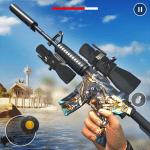

![Taffy Tales [v1.07.3a]](https://imgs.anofc.com/uploads/32/1719554710667e529623764.jpg)




